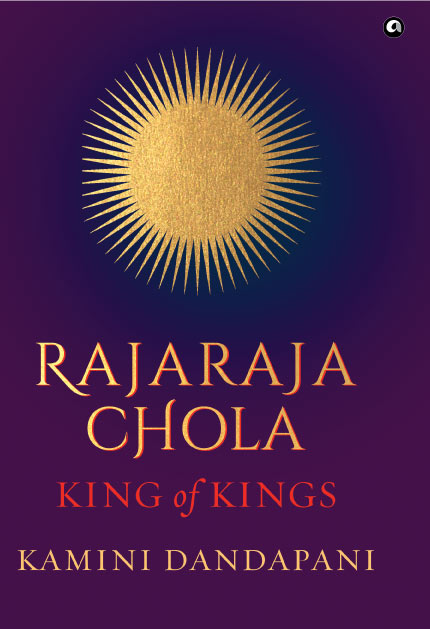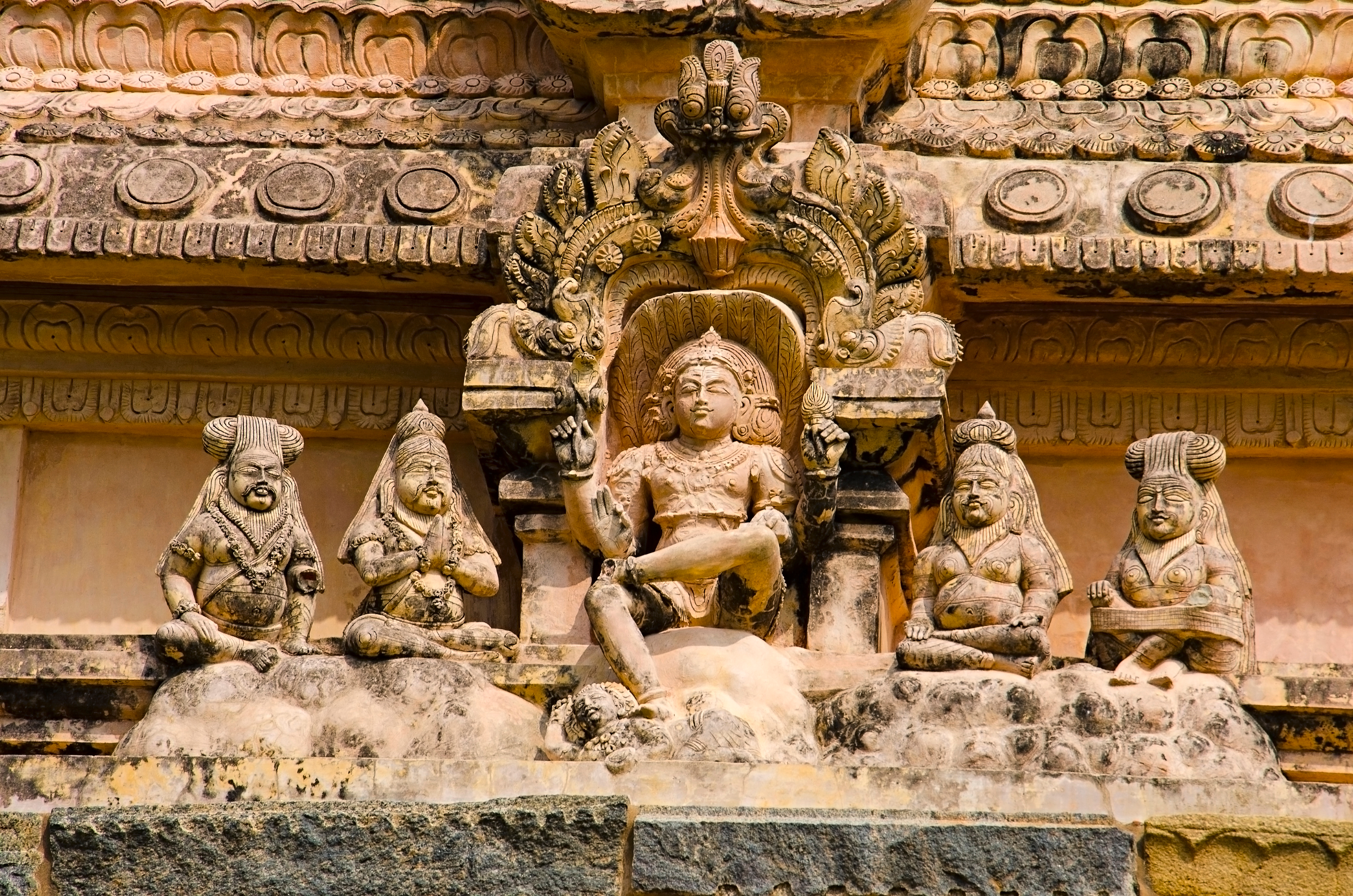The Chola dynasty, considered among the greatest in the world, continues to be an enigma. In her book RajaRaja Chola King of Kings, author Kamini Dandapani brings to life Rajaraja Chola and his times. The author discusses how Rajaraja Chola earned the title not merely because of his military conquests but also his architectural, religious, literary and administrative accomplishments. Excerpts from an interview:
There is a renewed interest in the Cholas after the Mani Ratnam film. Do you feel they were relegated to the sidelines of Indian history?
I do feel that the Cholas have been relegated to the sidelines of history. When I studied history in school around half a century ago, all of south Indian history was crammed into one chapter that left absolutely no imprint on my memory! I grew up knowing almost nothing about the history of the region I belonged to. However, I would like to stress here that I emphatically do not think that one history is “better” or “more important” than another. We are a country with a remarkable diversity of histories that span a range of regions, cultures, religions, languages, etc. We need to recognise and learn all of this to truly understand, appreciate and value what India is about. We should not think of Chola history as a “regional” or “local” history but rather as one of the many histories of India. I’m glad that Mani Ratnam’s movie Ponniyin Selvan – which is based on a serialized historical fiction novel of the same name, written by “Kalki” Krishnamurthy in the 1950s – has sparked interest in the Chola story.
The Sangam period is expansive. How did you decide to write the book and keep it concise?
Even though my book is called Rajaraja Chola, King of Kings, it covers the entire Chola story, right from the earliest Cholas who lived and ruled during the era of Sangam poetry (very approximately 300 BCE – 300 CE), to the end of the dynasty in the late 13th century, over two and a half centuries after Rajaraja. It would not make sense to tell Rajaraja’s story in isolation, rising out of nowhere, shorn of context. In order to fully and properly understand how Rajaraja came to be, I felt had to go back to the beginning and move forward in time from there. The Tamil poetry of the Sangam era is stunning, rich in metaphor, of photographic clarity, and full of all sorts of information that brings that age alive to us. These, too, are important historical sources, and we would be doing them and ourselves a disservice in dismissing them as mere poetry.
We do not know for sure that the Chola rulers of the Sangam period were actually the ancestors of the later Cholas. All we do know is that the Kaveri delta region was the core territory for both the Sangam and the later “Imperial” Cholas, and that the latter claimed descent from the former in their genealogies. So, the Sangam Cholas are certainly a part of the Chola story, and the book provides an overview of both the poetry as well as some of the kings of that time.
Keeping the book concise was not easy! What has been left unsaid can cover many more volumes but I hope that the major points have been included in just enough depth to be meaningful without drowning the reader in needless detail.
Rajaraja Chola is considered an iconic ruler in Indian history. What can the present generation learn from his way of administration?
Rajaraja earned his various glowing monikers and the Greatest Chola designation not merely because of his military conquests, but also because of his accomplishments across a range of other areas – like administration, trade, architecture and religious life. Here are some ways in which Rajaraja stood out, that enabled him to achieve what he did on the scale that he did.
- He thought big and aimed high. His military campaigns resulted in a kingdom that expanded far beyond the old boundaries; the Brihadeeshwara temple he built was the biggest in the land at the time, unlike anything else seen thus far.
- He understood the importance of image creation, public relations and communication – all backed with actual achievements.
- He was extremely detail-oriented – one sees this in his inscriptions, how he conducted his land survey and organization, how he administered his kingdom, how he built and ran his magnum opus, the Brihadeeshwara temple. Everything was recorded in meticulous detail.
- He was plugged into a world well beyond his borders. He was aware of the benefits of securing favourable trading rights with the Song China court and spared no effort (including sending a mission to China) to best position his kingdom to benefit.
- He understood the importance of creating something that would serve as a unifying symbol for his kingdom which brought into its fold a mass of squabbling, diverse tribes and clans from a fairly vast region. The Brihadeeshwara temple was that.
- His kingdom was a patchwork of villages that each had its own system of measurement, taxation, etc etc. He attempted to standardize and streamline all of that, to impose some sort of order over the messy chaos that he ruled over.
The Cholas were called the “imperial Cholas” by the English. Doesn’t this counter the belief that India “never invaded any country”?
The term “Imperial” for the Cholas has excited both praise and scorn. I do not want to get into the semantics of it, but it is one way to set them apart from the earlier Sangam Cholas and also, more importantly, to call attention to the scale of their achievements.
Imposing our modern ideas and attitudes on these rulers of over a thousand years ago makes no sense, and only serves to distort our understanding and perception of history. The Chola definition of “borders” and “countries” was surely very different from how we define them today. To them, the Pandyas (in southern Tamil Nadu) and Pallavas (northern Tamil Nadu) were enemies who needed to be conquered. Rajaraja’s troops conducted a savage attack on Anuradhapura in Sri Lanka. Bloody battles with thousands of casualties were fought in the Deccan. Rajendra, Rajaraja’s son launched a brutal raid on the ports of the Srivijaya kingdom in modern Indonesia, because he realized they stood in the way of his trade ambitions.
This was how history played itself out not just in Chola lands, but all over the world. Attributing a false sense of “fair play” and “national pride” to these medieval polities diminishes them and our understanding of their world. Thinking about them in good guy-bad guy terms blinds us to the messy reality of history. We should always keep in mind that life, personalities and history do not operate in binaries. Beauty and brutality, generosity and covetousness, devotion and treachery, can and do exist in one person (and in someone like Rajaraja, in larger-than-life doses). That is what makes history and historical personalities so fascinating.
Read all the Latest Lifestyle News here



